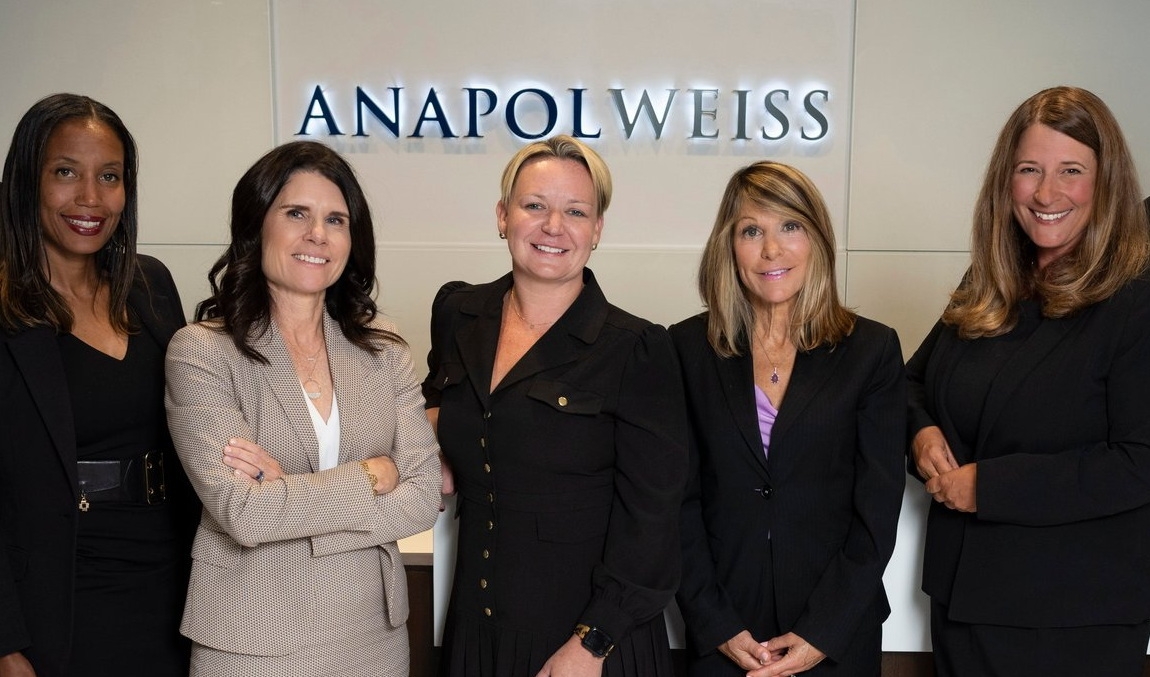Crashworthiness refers to a motor vehicle’s ability to safely protect people during a collision. Cars and trucks must have various safety features, such as airbags, headrests, roll bars and seat belts, that are meant to prevent or lessen injuries. When these features fail, unnecessary injuries occur.
Automakers have, without question, a responsibility to sell cars and trucks with safety features that work properly each and every time. Unfortunately, automotive defects continue to occur and in greater numbers. Industry analysts told MarketWatch that safety recalls were “well above” usual in 2015, with a record 51 million cars recalled in nearly 900 campaigns. The year 2016 could be another banner year with additional cars affected by the Takata airbag recall - another 35 to 40 million cars were added in May. Some estimate that nearly one-quarter of all vehicles on the road in the U.S. could be subject to a safety recall.
Failure to Equip?
Some vehicle manufacturers began introducing ground-breaking safety technology to minimize or reduce the risk of crashes in their products beginning in the mid-2000s. Since then, others have joined the ranks but these features are either only being added as optional features or limited to luxury vehicles.
The absence of these safety features may cause an accident or serious injury. As a result, litigation surrounding the corporate decision not to include computer aided technology is rapidly trending in the court system. Some of the safety features whose absence may lend to a “failure to equip” claim include: automatic emergency braking with collision warning, lane control and lane departure warning, blind spot assist, and autopilot.
Holding Vehicle Manufacturers Accountable
Anapol Weiss is committed to taking auto manufacturers to task. Over the past 40 years, we have battled with automotive giants such as General Motors, Volkswagen, Honda and Ford for design and manufacturing defects that killed or seriously injured passengers.
Vehicle owners and passengers have a right to expect the best protection possible from their cars and trucks. When an automotive defect results in death or catastrophic injury, our crashworthiness team will hold automakers accountable.

